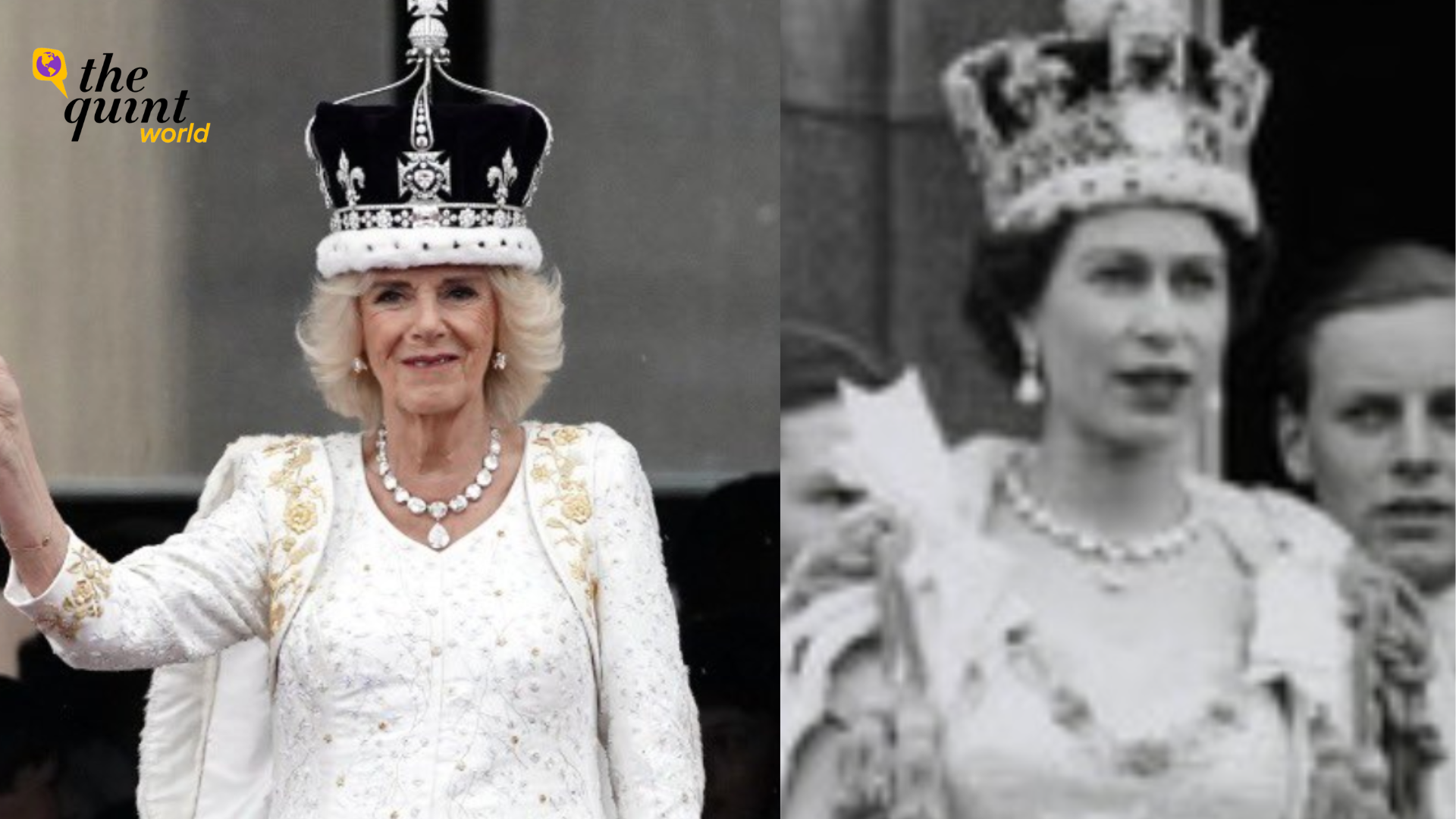On the coronation of King Charles III which took place on Saturday, 6 May, saw Queen Consort Camilla wearing an iconic piece of jewellery to mark the United Kingdom's special day.
Known as ‘The Coronation Necklace’, it was originally designed and created for Queen Victoria in 1858. According to the Royal Collection Trust, the diamonds in the coronation necklace come from Queen Victoria’s jewellery collection.
It is made out of 26 diamonds in total. However, the one that stands out the most is the stunning – a 22.48-carat pendant called the Lahore diamond, because of which it was initially called the ‘Lahore necklace’.
A Controversial Diamond
The massive stone was originally part of the Lahore Treasure in the Punjab region of present-day Pakistan until 1849 before British colonists took it over. Some argue that it was presented to Queen Victoria in 1851, while others say that it was stolen during King Albert's invasion of the Lahore Fort in 1858 – thus making it controversial.
It was one of Queen Victoria's favourite jewellery pieces and is seen around her neck in portraits for her Diamond Jubilee.
Queen Alexandra was the first royal to wear the necklace for a coronation ceremony in 1902, followed by Queen Mary in 1911. Queen Mother Elizabeth later wore it in 1937. Queen Elizabeth II, the mother of King Charles III, wore the coronation necklace and earrings as her key pieces of jewellery on her coronation day in 1953. She also went on to wear the set on other major occasions throughout her reign.
The diamonds in Coronation set earrings were originally the side stones in the Indian setting of the Kohinoor, which previously featured in Queen Mary’s Crown.
The Kohinoor itself was avoided by the Royal Family on the coronation day due to the controversy surrounding it.
The Coronation Crown and its Lahore diamond continue the debate of the controversial colonial acquisition of resources from Britain’s former colonies.
(At The Quint, we question everything. Play an active role in shaping our journalism by becoming a member today.)
